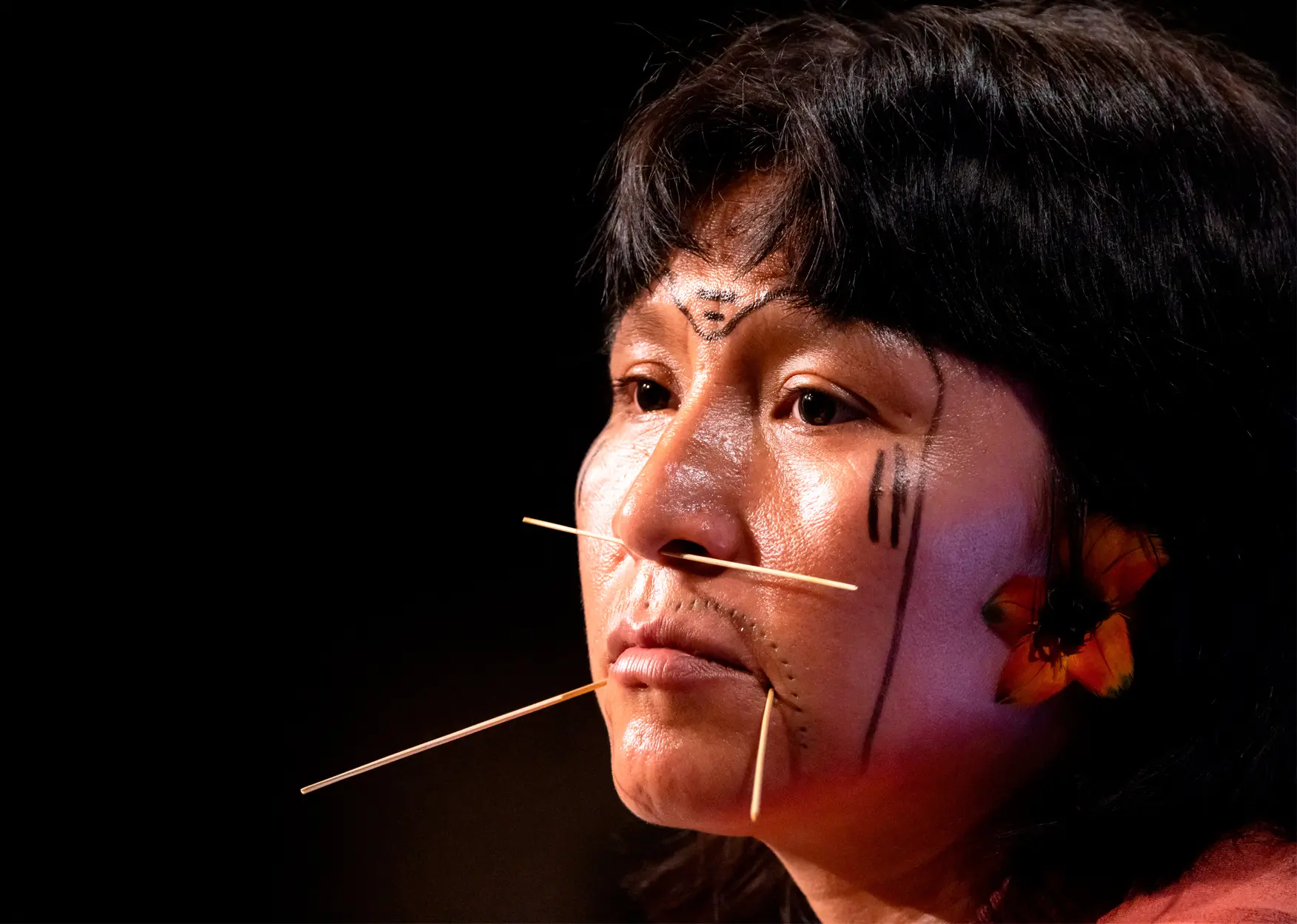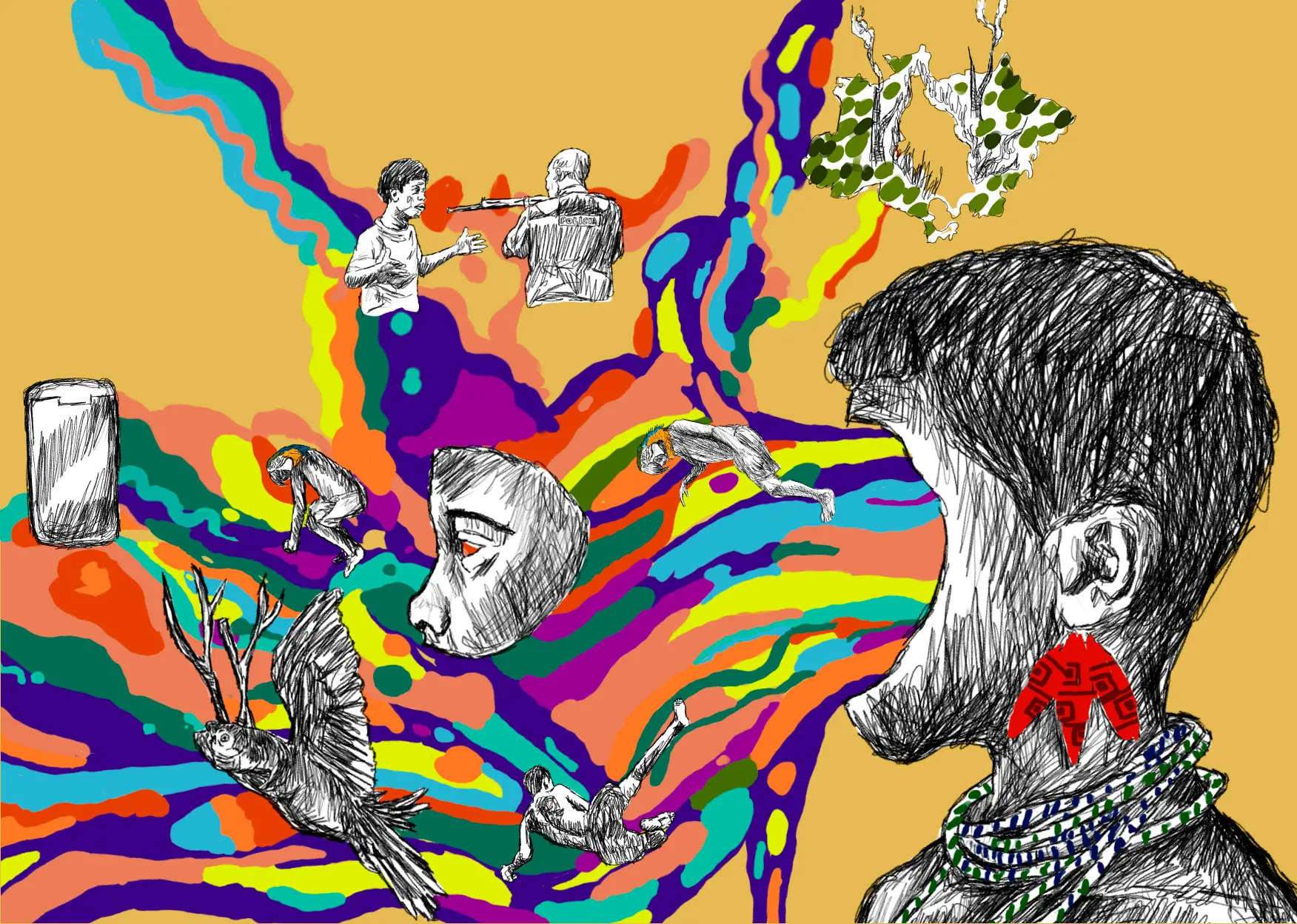In the run-up to the elections of 2 October, the Amazon burns as it has not burned for many years.
In the 10 first days of September alone, there have been 22,487 fire hotspots in the biome. On four of these days, the number was higher than the coordinated criminal episode known as Fire Day, on 10 August 2019. On that occasion, land grabbers and wood loggers of Novo Progresso, Pará, organized an outbreak that reached 2,366 forest fires. In this year, just on 4 September, there were 3,393 hotspots – an increase of 43,4% compared to the notorious day three years ago.
One theory is the surge of forest fires is linked to the election. With Bolsonaro trailing in the polls to his main challenger Luiz Inácio Lula da Silva, illegal land grabbers may be rushing to take advantage of the lax regulations and oversight of the current administration ahead of a possible change of power.
August registered the highest number of forest fires in the Amazon in the entirety of Jair Bolsonaro’s term: 33,116 blazes, according to the National Institute of Spatial Research (INPE). Data from the ALARMES Platform of the Meteorology Department of the Federal University of Rio de Janeiro, shows that from the start of this year until 10 September, around 6.7 million hectares of the biome burned, including pastures, recently deforested areas and forest.
In eight municipalities in particular, fire was used as an instrument of deforestation and land grabbing: Altamira, São Félix do Xingu, Apuí, Novo Progresso, Porto Velho, Itaituba, Lábrea and Manicoré.
Bolsonaro won in all but the first two of these cities. In his four-year term, the Brazilian president has wrecked the state’s inspection and protection agencies. In terms of fire, the worst affects have been seen in the four states of Pará, Amazonas, Rondonia and Amapá. Those same four states are home to the conservation units that have suffered 71% of the fire outbreaks: Areas of Environmental Protection in Triunfo do Xingu and Tapajós, Jamanxim National Forest, the Harvesting Reserve of Jaci-Paraná, and Guajará-Mirim State Park.
Over 90% of the forest fires in the Amazon are deliberate. Most are criminal. Even in summer, the dry season, the tropical forest is humid, which makes it difficult for spontaneous fires to take place. Fire is customarily used for the renovation of agricultural lands or to end deforestation processes that have begun with the felling of trees in order to open room for pastures or plantations. This deforestation method has become more common and it leads to immense losses of biodiversity and high emissions of greenhouse gases and black carbon, which are harmful to health and to nature.
DATA: Papa Alpha/Greenpeace



